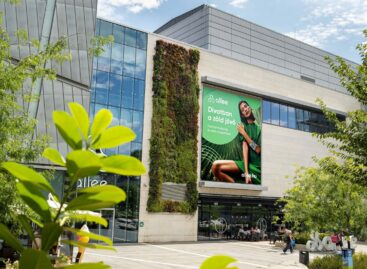Magazine: Which forces will shape food supply chains in 2019?
IGD has identified 4 trends that are likely to shape the food supply chains in 2019. Some trends threaten to prevail but never do, some fly under the radar and some are simply hype. This year IGD has identified the following key trends:
- Micro-fulfilment on a macro scale
- Eager experimenters
- Clarity on circularity
- Capitalising on connections
Micro-fulfilment is an umbrella term used to describe small-scale warehouse facilities close to consumers. These represent the industry’s response to shoppers’ desire for speed and a choice of fulfilment options at nominal or no extra cost – something that continues to fragment food and grocery retail around the world. One thing that is consistent with these facilities is location. Largely located in urban areas, they tap into the gig economy for flexible, last-mile options where necessary.
This trend reflects the need to better synchronise structured ways of working with an increasingly unstructured external environment. This is achieved by establishing and embedding a self-disruptive supply chain culture, underpinned by objectives that incentivise people to experiment. As the supply chain moves closer to a management by exception function, the value people offer will be through the things humans do better than machines. As the emphasis shifts, supply chains must shape strategy and prepare accordingly.
Developing a more conscientious, sustainable supply chain, operating above minimum expectations provides an opportunity for competitive advantage. Turning this vision into reality will require a more circular approach to business activities. When done well, circularity can generate both direct and indirect economic value. Keeping products, components, and materials at ‘their highest utility and value at all times’ is key to dispelling the notion that sustainability, through circularity, is simply a noble cause.
In recent years IGD has profiled several technologies that will influence supply chain development. Each is at different stages of its development; some are barely beyond the testing phase. Developments continue, with progress on several fronts. This includes more reliable and affordable sensors in Internet of Things (IoT) devices, a better understanding of blockchain’s potential and appropriate uses, autonomous ‘things’ that are better able to interact with operators and environments. At the leading edge, 5G’s potential to improve data transfer rates and reliability and deep machine learning.
Those that embrace the trends identified, exploiting them to deliver long-term value, while continuing to do the ordinary extraordinarily well, will be set up to win in 2019 and beyond. //
Related news
Lidl wins For a Sustainable Future Award: recognition for business transformation
🎧 Hallgasd a cikket: Lejátszás Szünet Folytatás Leállítás Nyelv: Auto…
Read more >Mars Commits €18.5m To Sustainable Rice Sourcing
🎧 Hallgasd a cikket: Lejátszás Szünet Folytatás Leállítás Nyelv: Auto…
Read more >Allee’s operations are exemplary in terms of sustainability at a global level
🎧 Hallgasd a cikket: Lejátszás Szünet Folytatás Leállítás Nyelv: Auto…
Read more >Related news
CDs and DVDs are experiencing a renaissance at Vatera, but second-hand LEGO is the real star of this Christmas
🎧 Hallgasd a cikket: Lejátszás Szünet Folytatás Leállítás Nyelv: Auto…
Read more >Christmas tree shopping is also going digital: demand for online ordering is growing rapidly
🎧 Hallgasd a cikket: Lejátszás Szünet Folytatás Leállítás Nyelv: Auto…
Read more >NGM and VOSZ cooperation agreement for the security of digital commerce
🎧 Hallgasd a cikket: Lejátszás Szünet Folytatás Leállítás Nyelv: Auto…
Read more >






